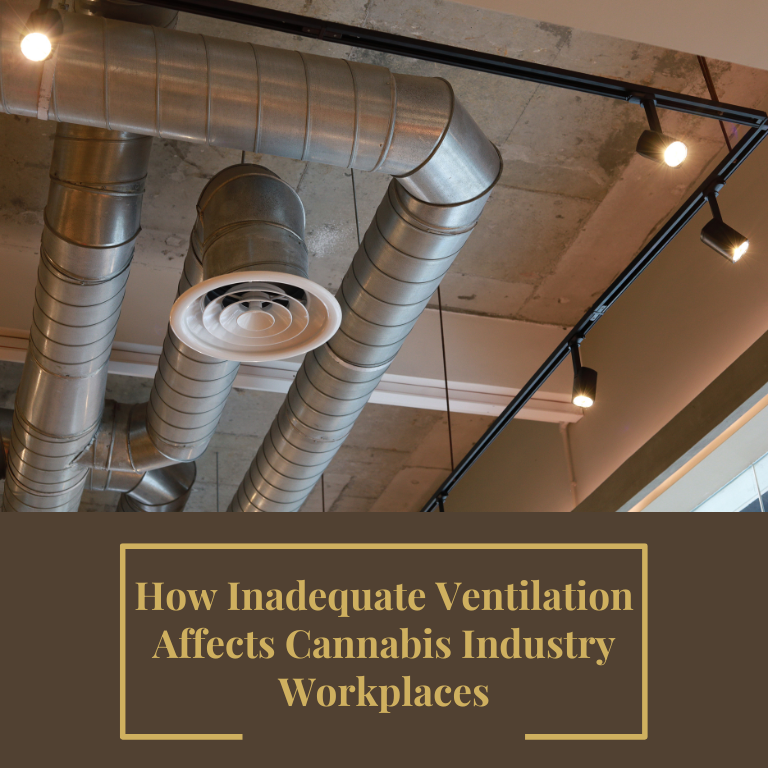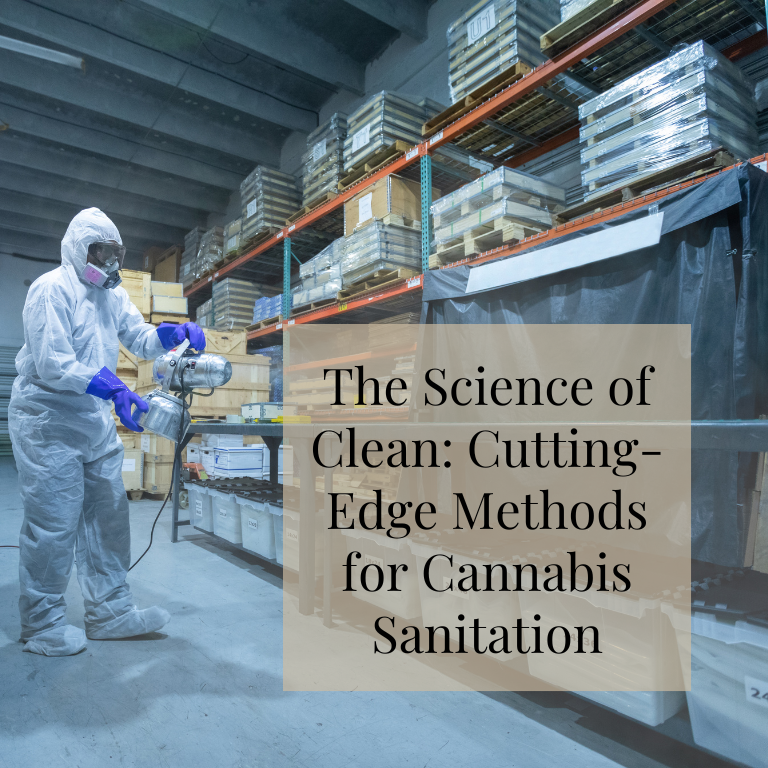The cannabis industry, rapidly expanding and evolving, faces a myriad of challenges as it matures. One often overlooked but crucial aspect of this industry is workplace ventilation. Adequate ventilation is not just a matter of comfort but is critical for health, safety, and operational efficiency in cannabis facilities. This article delves into how inadequate ventilation affects cannabis industry workplaces, exploring its impact on workers’ health, product quality, and overall business operations.
Health Implications for Workers
In cannabis cultivation and processing facilities, inadequate ventilation can pose serious health risks. Cannabis plants produce a variety of compounds, including volatile organic compounds (VOCs), terpenes, and other chemicals that can become airborne. Without proper ventilation, these substances can accumulate to harmful levels.
Respiratory Issues: Workers exposed to high concentrations of VOCs and terpenes may experience respiratory issues. Symptoms can range from mild irritation of the eyes and throat to more severe conditions like asthma and chronic bronchitis. For example, high levels of terpenes such as limonene, found in cannabis, can irritate the respiratory system and exacerbate pre-existing conditions.
Allergic Reactions: Inadequate ventilation can also lead to allergen buildup. Cannabis pollen and mold spores are common allergens that can trigger allergic reactions in sensitive individuals. Symptoms may include sneezing, coughing, and skin rashes. Prolonged exposure in poorly ventilated spaces can lead to more severe allergic reactions and even respiratory infections.
Chemical Exposure: Cannabis cultivation often involves the use of pesticides and other chemicals. Poor ventilation can lead to the accumulation of these chemicals in the air, increasing the risk of inhalation. Chronic exposure to certain pesticides can have long-term health effects, including neurological damage and cancer.
Impact on Product Quality
Ventilation not only affects worker health but also has a significant impact on product quality. In cannabis cultivation and processing, maintaining optimal environmental conditions is crucial for producing high-quality products.
Mold and Mildew Growth: Cannabis plants thrive in controlled environments. Excess moisture, combined with inadequate air circulation, can create the perfect conditions for mold and mildew growth. This not only compromises the quality of the cannabis but can also lead to contamination of the final product. Infected cannabis can have an unpleasant odor and taste, reducing its market value and potentially leading to recalls.
Terpene Preservation: Terpenes are compounds responsible for the aroma and flavor of cannabis. Proper ventilation helps maintain a stable environment, preventing terpene degradation. High temperatures and stagnant air can cause terpenes to evaporate, leading to a loss of flavor and aroma. This impacts the overall consumer experience and can reduce the product’s market appeal.
Controlled Drying: Cannabis drying is a delicate process that requires precise control of humidity and airflow. Inadequate ventilation can lead to uneven drying, resulting in a product that is either too moist or too dry. Overly dry cannabis can become brittle and lose potency, while overly moist cannabis can become prone to mold growth.
Operational Efficiency and Compliance
Inadequate ventilation can also impact operational efficiency and regulatory compliance in cannabis facilities.
Equipment Efficiency: Cannabis facilities often use sensitive equipment that can be affected by poor air quality. For example, HVAC systems and air filters can become clogged with dust and particulate matter, reducing their efficiency. This can lead to increased maintenance costs and reduced equipment lifespan.
Energy Costs: Poor ventilation can result in higher energy costs. HVAC systems must work harder to maintain temperature and humidity levels when air circulation is inadequate. This not only increases operational expenses but can also lead to higher carbon footprints for the facility.
Regulatory Compliance: Cannabis facilities must adhere to strict regulations regarding air quality and worker safety. Inadequate ventilation can lead to violations of these regulations, resulting in fines, legal issues, and potential shutdowns. Ensuring proper ventilation is essential for maintaining compliance with both local and federal regulations.
Best Practices for Improving Ventilation
To mitigate the issues caused by inadequate ventilation, cannabis facilities should implement best practices for air management and environmental control.
Install Advanced Ventilation Systems: Modern ventilation systems with high-efficiency particulate air (HEPA) filters can significantly improve air quality. These systems are designed to remove airborne contaminants, including mold spores and VOCs, ensuring a safer and cleaner environment for workers.
Regular Maintenance and Monitoring: Regular maintenance of ventilation systems is crucial for ensuring their efficiency. Facilities should conduct routine inspections and replace filters as needed. Additionally, installing air quality monitors can help track levels of airborne contaminants and adjust ventilation as required.
Optimize Environmental Controls: Maintaining optimal temperature and humidity levels is essential for both worker health and product quality. Cannabis facilities should invest in environmental control systems that can regulate these factors precisely. This includes using dehumidifiers and air conditioners in addition to ventilation systems.
Educate and Train Staff: Training staff on the importance of proper ventilation and how to use ventilation systems effectively is key. Workers should be educated about the health risks associated with poor air quality and the procedures for reporting ventilation issues.
Design for Ventilation: When designing or renovating a cannabis facility, it is important to plan for effective ventilation from the outset. This includes designing airflow patterns, placing air vents strategically, and ensuring that ventilation systems can handle the specific needs of the facility.
Inadequate ventilation in cannabis industry workplaces is a multifaceted issue with serious implications for worker health, product quality, and operational efficiency. By understanding the risks associated with poor ventilation and implementing best practices, cannabis facilities can create a safer and more productive environment. As the industry continues to grow, addressing ventilation concerns will be essential for maintaining high standards of safety and quality, ensuring the success and sustainability of cannabis operations.
The benefits of investing in proper ventilation extend beyond compliance and health—they contribute to a more efficient, effective, and reputable industry. As such, stakeholders in the cannabis industry must prioritize and address ventilation issues to support the continued growth and success of their businesses.
















